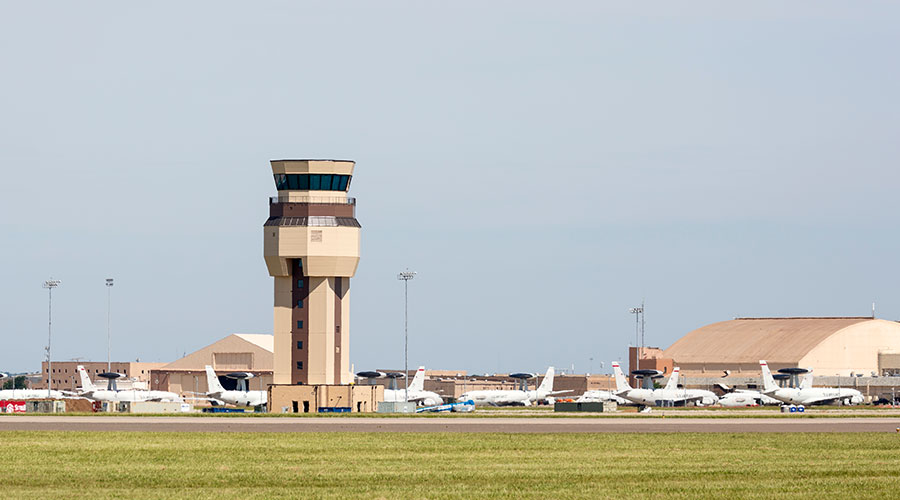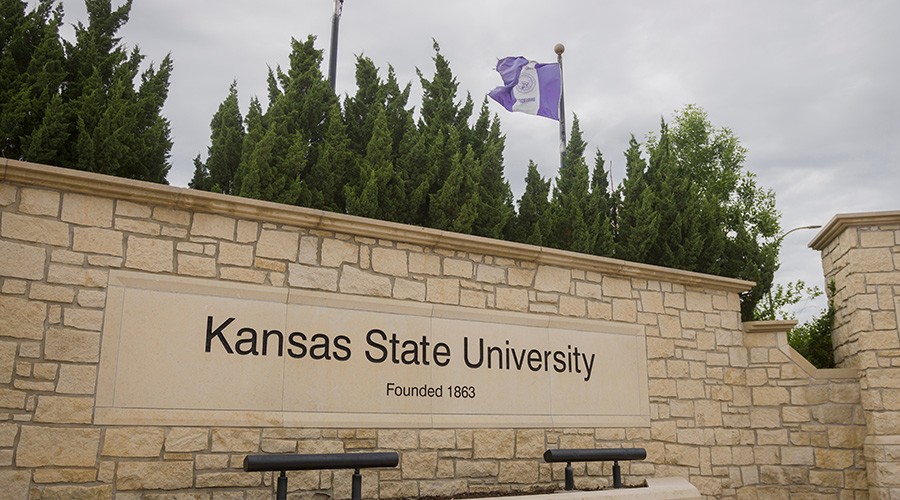
Asbestos Found in Air Force Facilities
The latest challenges have emerged in underground capsules and silos where Air Force nuclear missile crews have worked since the 1960s. January 10, 2024
By Dan Hounsell, Senior Editor
More than a century after the toxic dangers of airborne asbestos to human health were documented and more than 50 years after its use in building construction materials peaked, institutional and commercial facilities continue to address the problem of uncovering and removing it.
The latest asbestos challenges have emerged in U.S. Air Force facilities – specifically, underground capsules and silos where Air Force nuclear missile crews have worked since the 1960s. Now many of those service members have cancer.
The toxic dangers were recorded in hundreds of pages of documents dating back to the 1980s that were obtained by The Associated Press through Freedom of Information Act requests. They tell a far different story from what Air Force leadership told the nuclear missile community decades ago, when the first reports of cancer among service members began to surface.
The AP reported in January that at least nine current or former nuclear missile officers had been diagnosed with the blood cancer non-Hodgkin’s lymphoma. Then hundreds more came forward self-reporting cancer diagnoses.
In response, the Air Force launched its most sweeping review to date and tested thousands of air, water, soil and surface samples in all the facilities where the service members worked. Four current samples have come back with unsafe levels of polychlorinated biphenyls, a known carcinogen used in electrical wiring. More data is expected in early 2024.
Dan Hounsell is senior editor for the facilities market. He has more than 30 years of experience writing about facilities maintenance, engineering and management.
Next
Read next on FacilitiesNet












